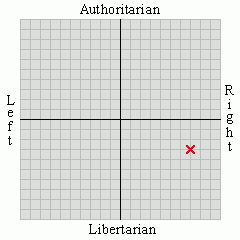
Beauty is in the eye of the beholder, is it? I’ve seen this tired platitude repeated here time and again. But beauty is not in the ‘eye of the beholder’; beauty is a social and historical construct, it always has been, it always will be. In the past, though, it was considered dangerous; now it is empowerment.
People, artists and poets, all sorts and all types have always been fascinated by physical perfection. Superstition, blended with classical philosophy, gave rise to the supposition that a person’s character could be read in their face. In the fifteenth century it was declared in Certayne Rewles of Physnomy that;
Ye face that es plane with outen rounde hilles, signifies a strydeful person, traundous wrongwyse and uncleane.
The ugly and the deformed, by this measure, were considered capable of all sorts of villainy.
Even Plato was enamoured of beauty, simple beauty, which he touches on in Georgias, the Greater Hippias, the Phaedras and Symposium. In Hippias when Socrates asks what beauty is, Hippias replies, with some very modern overtones, that ‘A beautiful young lady is a beauty’. Socrates responds by saying that the even the most beautiful of mortal women are nothing compared with the beauty of the gods, but, even, so, it’s clear that the Greeks had a clear understanding of forms of earthly beauty, that a common standard was in operation.
It was the Christian moralists who attempted to negate these perceptions by emphasising that beauty does not just fade, it rots. But even as revered figure as St. Augustine makes it clear in his Confessions just how much he succumbed to the temptations presented by good-looking young women. He even wrote a book about them, entitled On the Beautiful and the Fitting, alas now lost, either by accident or design!
We judge people on the basis of their looks; we always have, we always will. Beauty is power and more besides.
Beauty is truth, truth beauty. That is all ye know on Earth, and all ye need to know
Or maybe that urn is just a vase in the eye of the beholder!

















Ana, Symmetry is attractive. For instance,
ReplyDeleteFemale zebra finches prefer males with symmetric colorings.
Image courtesy of www.finchworld.com/zebra.html
'The rationale behind symmetry preference in both humans and animals is that symmetric individuals have a higher mate-value; scientists believe that this symmetry is equated with a strong immune system. Thus, beauty is indicative of more robust genes, improving the likelihood that an individual's offspring will survive. This evolutionary theory is supported by research showing that standards of attractiveness are similar across cultures.'
http://www.jyi.org/volumes/volume6/issue6/features/feng.html
nb
ReplyDeletehttp://underpaintings.blogspot.com/2010/01/defining-beauty-symmetry-in-human-face.html
Thanks, Nobby. I'll try those links.
ReplyDelete